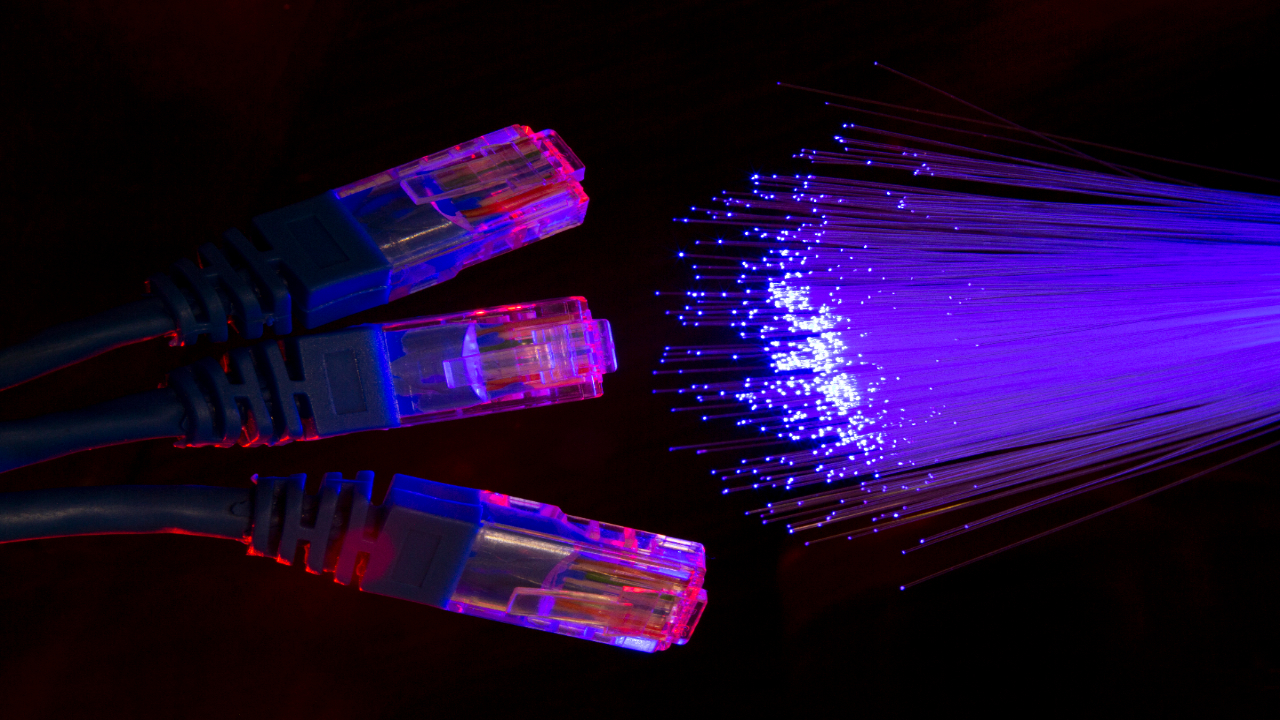The need for fast internet and effective data transfer has never been greater in our rapidly changing digital world. Meeting this need has been made possible mainly by the switch from conventional copper cables to the marvel of fiber optics. Fiber optics provide many benefits in speed and efficiency, but to guarantee a sustainable technological future, it is critical to evaluate their environmental impact.
The Positive Environmental Aspects of Fiber Optics
Energy Efficiency
Fiber optics are notable for their exceptional energy efficiency compared to conventional copper connections. In addition to translating into cheaper operating costs, the decreased power consumption in data transmission leaves less environmental impact on the technology industry.
Longevity and Durability
Longevity and durability are two of fiber optics’ sometimes disregarded environmental advantages. Compared to other transmission media, these cables have a longer lifespan, which means fewer maintenance and replacements are required more frequently. By doing this, the amount of resources used is reduced, and the environmental damage caused by throwing away old cables is also reduced.
Reduced Electronic Waste
Fiber optics are essential for reducing the production of electrical trash. In line with the circular economy principles, these cables have a limited need for ongoing modifications, dramatically reducing electronic waste generated over time.
Manufacturing and Raw Material Considerations
Understanding fiber optic cables’ effects on the environment requires looking at the raw materials used in their production. Aiming to find more sustainable alternatives, research is still being conducted even though the production process requires specific resources.
There are wider ecological ramifications when comparing the environmental impact of fiber optics to traditional cables, especially copper-based ones. An established ecological effect is associated with the extraction and processing of copper, which is essential to producing conventional lines.
Energy Consumption in Fiber Optics
Comprehending the total environmental impact of fiber optic manufacturing requires evaluating its carbon footprint. The industry’s attempts to minimize energy use and embrace more environmentally friendly methods are essential to reducing the environmental impact of technology.
It is possible to gain insight into ongoing improvements by comparing the operating energy consumption of fiber optics with other transmission systems.
Deployment and Infrastructure
Implementing fiber optic networks brings up issues related to land use and possible disturbances during the installation process. Nonetheless, fiber optics frequently offer a more disruptive-free and space-efficient option to traditional cable infrastructure.
Examining the spatial needs and ecological consequences of implementing conventional cable infrastructure underscores the benefits of fiber optic technology in reducing environmental disruptions.
End-of-Life Considerations
Challenges in recycling fiber optics pose questions about end-of-life considerations. Creating sustainable waste management plans requires investigating present procedures and possible advancements in recycling techniques.
When the environmental impact of fiber optics is compared with old copper cables, it becomes clear how important it is for the technology industry to have comprehensive plans for managing electronic waste.
Technological Innovations and Environmental Sustainability
The industry’s dedication to continuous research and development in environmentally friendly fiber optics is seen in incorporating sustainable production methods and bio-based materials in cable manufacture. The industry’s understanding of its environmental impact is demonstrated by its commitment to corporate responsibility and sustainability goals and its partnerships with environmental organizations.
Please click to learn and gain a comprehensive insight into fiber optics via industry leader.
Conclusion
In conclusion, a balanced viewpoint is crucial even if fiber optics offer many speed, efficiency, and environmental benefits. Customers and businesses can make decisions that support sustainability by thoroughly understanding the ecological impact. As the fiber optics sector develops, greener and more sustainable technology will be shaped by continued research, innovation, and collaborative responsibility.
